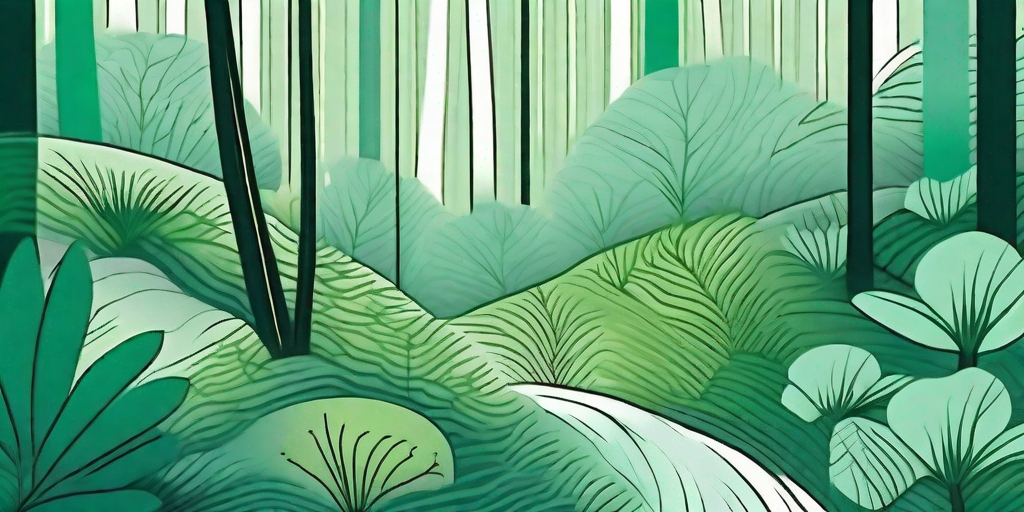
Welcome to the wild and whimsical world of moss! If you thought moss was just that green stuff growing on rocks and trees, prepare to have your mind blown. Moss is much more than a simple plant; it's a fascinating, diverse, and downright cheeky little organism that deserves our attention and respect. So, strap in, grab your magnifying glass, and let's dive into the moss madness!
A Brief Introduction to Moss
Moss, for those uninitiated, is a small, flowerless plant that typically forms dense green clumps or mats, often in damp or shady locations. They are part of the Bryophyta division, which is a mouthful, so let's just stick with 'moss', shall we? They are known for their ability to survive in harsh environments, from the Arctic tundra to your backyard.
But don't let their small size fool you. These little green guys are tough as nails and have been around for a long time. We're talking 470 million years, give or take a few millennia. That's right, mosses were hanging out and photosynthesizing while dinosaurs were still a twinkle in Mother Nature's eye.
Types of Moss
There are approximately 12,000 species of moss, give or take a few. But don't worry, we won't go through them all. We'll just highlight a few of the more interesting and common ones. You're welcome.
Sphagnum Moss
Sphagnum moss, or as it's more commonly known, 'peat moss', is a bit of a celebrity in the moss world. It's known for its ability to retain water, making it a popular choice for gardeners and florists. Plus, it's also used in the production of Scotch whisky. Talk about a versatile plant!
But it's not all roses and sunshine with sphagnum moss. It's also known for creating bogs by holding so much water that it prevents the decay of dead plant material. This leads to the formation of peat, which can be several meters thick. So, while it's great for your potted plants, it's not so great for anyone trying to walk through a bog.
Polytrichum Moss
Next up, we have Polytrichum moss, also known as 'haircap' moss. This moss is a bit of a show-off, with its tall, upright growth and shiny green leaves. It's often found in forests, fields, and along roadsides, basically anywhere it can get a bit of attention.
One interesting fact about Polytrichum moss is that it has a complex system of internal tissues that transport water and nutrients, similar to vascular plants. This makes it one of the more advanced mosses, not that we're playing favorites or anything.
How to Identify Moss
Now that you're a bit more familiar with moss, you might be wondering how to identify different types. Well, you're in luck! Moss identification is a fun and rewarding hobby, and all you need is a bit of patience and a good field guide.
The first step in moss identification is to look at the plant's structure. Does it have a stem and leaves? What shape are the leaves? Are they smooth or toothed? Next, look at the color and texture. Is it soft and plush, or rough and bristly? Finally, consider the habitat. Is it growing on a rock, a tree, or in a bog?
FAQs
Is moss harmful?
Generally, moss is not harmful to humans or pets. However, some types of moss can be harmful if ingested, so it's best to keep it out of reach of children and pets. Also, while moss is not typically harmful to trees or plants, it can sometimes compete with them for resources.
Can I grow moss in my garden?
Absolutely! Moss can be a beautiful and low-maintenance addition to any garden. It's particularly well-suited to shady, damp areas where other plants might struggle.
Does moss only grow on the north side of trees?
This is a common myth, but it's not entirely true. While moss does prefer shady, damp environments, it can grow on any side of a tree. So, don't rely on moss for your navigation needs!
Conclusion
So there you have it, a whirlwind tour of the wonderful world of moss. From its humble beginnings 470 million years ago to its current status as a garden staple and Scotch whisky ingredient, moss has proven itself to be a fascinating and versatile organism.
Whether you're a budding botanist, a garden enthusiast, or just someone who appreciates the little things in life, we hope you've enjoyed this deep dive into moss madness. Remember, in the world of moss, there's always more to discover!















